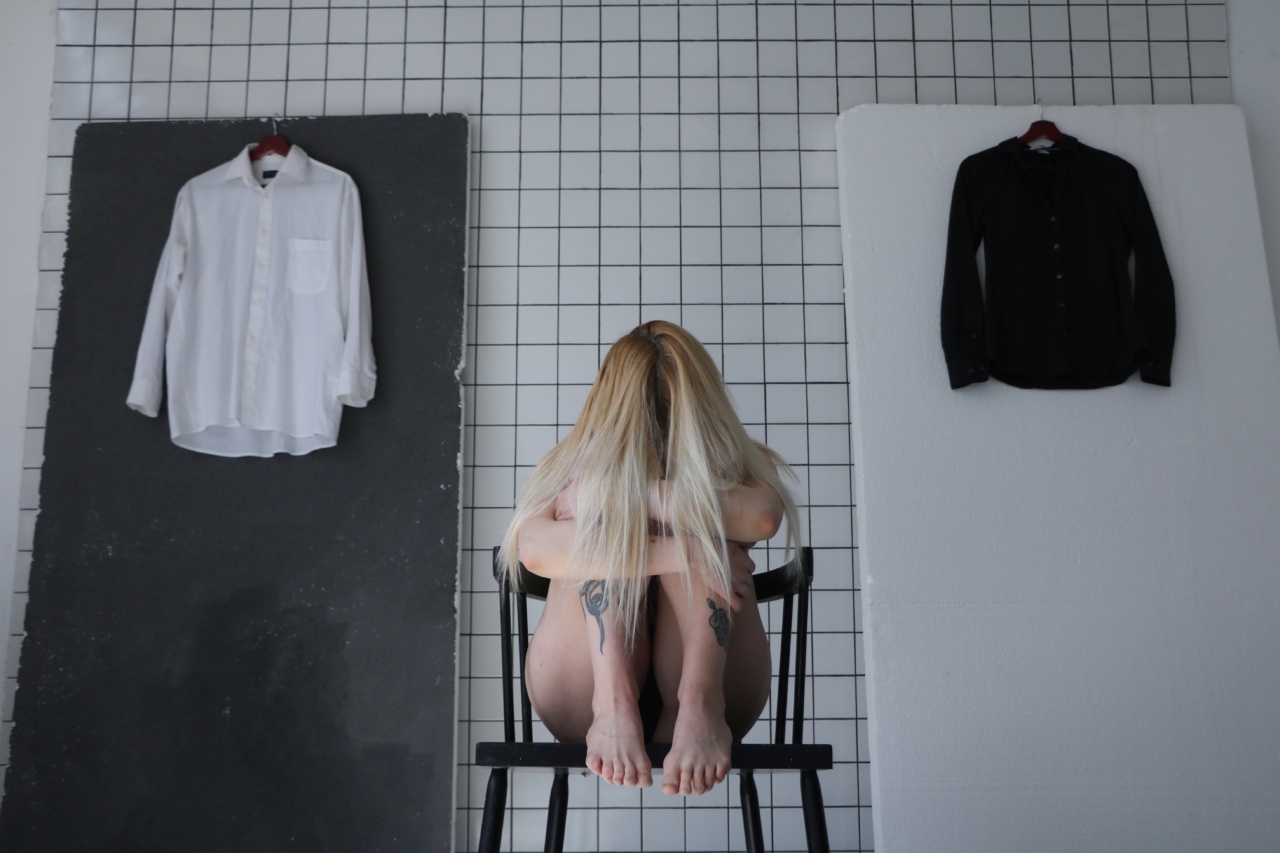Borderline personality disorder (BPD) is a serious mental illness characterized by a pattern of instability in mood, behavior, and self-image.
The condition typically develops in early adolescence and affects approximately 1-2% of the general population, with a higher incidence among women. BPD is associated with a range of psychiatric symptoms, including depression, anxiety, and substance abuse. However, research has also shown that sleep disturbances are common in patients with BPD, especially adolescents.
The Connection between BPD and Sleep Disturbances
Sleep disturbances and BPD are closely linked. A study conducted in 2011 found that 67% of adolescent BPD patients reported experiencing significant sleep difficulties, compared to only 12% of healthy adolescents.
Another study found that individuals with BPD are more likely to experience insomnia, nightmares, and sleep walking.
The cause of sleep disturbances in individuals with BPD is not well understood.
It is thought that the emotional dysregulation and impulsivity associated with BPD may lead to an overactive sympathetic nervous system, making it difficult for individuals to fall asleep and stay asleep. Additionally, many individuals with BPD also suffer from anxiety and depression, which can exacerbate sleep disturbances.
The Effects of Sleep Disturbances on Adolescents with BPD
Sleep disturbances can significantly impact the daily functioning and quality of life of adolescents with BPD. Lack of sleep can worsen symptoms of emotional dysregulation, irritability, and impulsivity.
It can also lead to decreased academic performance, social problems, and increased risk of accidents and injuries.
Furthermore, sleep disturbances in adolescents with BPD may increase the likelihood of developing comorbid psychiatric conditions, such as depression, anxiety, and substance abuse.
Lack of sleep is also associated with increased risk of suicidal behavior, which is a common problem in individuals with BPD.
Treatment of Sleep Disturbances in Adolescents with BPD
The treatment of sleep disturbances in adolescents with BPD is complex. Traditional pharmacological approaches, such as the use of sedatives and hypnotics, have shown limited effectiveness in improving sleep quality in this population.
Additionally, these medications may have undesirable side effects and may increase the risk of addiction or abuse.
Non-pharmacological approaches, such as cognitive-behavioral therapy (CBT) and sleep hygiene education, may be more effective in treating sleep disturbances in individuals with BPD.
CBT is a psychotherapeutic approach that focuses on changing negative thought patterns and behaviors that contribute to sleep disturbances. Sleep hygiene education involves educating patients on good sleep habits, such as setting a regular bedtime and avoiding caffeine and electronics before bedtime.
Conclusion
Sleep disturbances are a common and significant problem in adolescents with BPD.
These disturbances can worsen the symptoms of emotional dysregulation, increase the risk of developing comorbid psychiatric conditions, and increase the likelihood of suicidal behavior. Treatment for sleep disturbances in individuals with BPD may involve non-pharmacological approaches, including CBT and sleep hygiene education.































